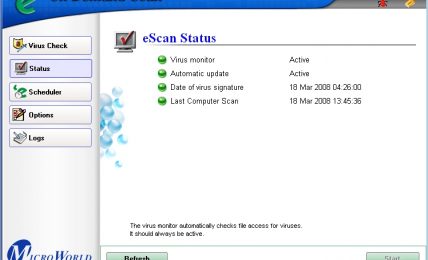The entire healthcare sector is neck deep in efficiency overhauls. In fact, this is why accountable-care organizations (ACOs) exist. For the uninitiated, ACOs are organizations that aim to unite doctors, clinics and hospitals (medical resources) in an effort to make healthcare provision more efficient and cost-effective.
With this in mind, it’s hard to ignore the fact that increased efficiency throughout the healthcare system will not be possible without a bolstered information technology infrastructure.
From an ACO perspective, this involves acquiring and updating server technology, improving electronic subscription systems, and improving the delivery of electronic health records. However, this can’t be accomplished without also hiring new IT staff to manage and maintain these new technological improvements.
The Current State of ACO IT
As it stands, upwards of 96 percent of ACO entities are acquiring new technology to meet the growing needs of tomorrow’s medical professionals and patients. Again, many of these institutions are unable to meet the practical needs of day-to-day operations. That’s why 88 percent of these ACO entities are actively seeking help in this area. They will look to leaders in the tech industry to help them make educated decisions on what systems to procure and deploy. This also means that hospitals, clinics and other like-minded facilities will be bolstering their internal IT staff in the very near future.
Problem Areas in Healthcare IT
· Doctor-Patient Data Delivery – According to a recent article in ComputerWorld, roughly 25 percent of patients undergo duplicate (unnecessary) medical tests. On top of that, it was reported that 20 percent of patients don’t receive medical test results in time for a follow-up medical appointment. What does this mean? Well, it really just highlights the major efficiency gap when it comes to delivering and managing patient-doctor data.
· Backup & Security – In recent years, hospitals and other related medical facilities have experienced an electronic records overhaul. While it’s expected to boost efficiency throughout the entire healthcare system, it has come under fire as being less secure than paper recordkeeping. But the issue goes far beyond electronic records security. IT professionals need a stable infrastructure that allows for automated backup processes. Additionally, medical professionals need to be able to access records in a hosting environment. The key here is to strike a balance between security and stability.
· Resource Allocation – One of the major problems that undergird everything else has to do with resource allocation. Moving forward, hospital IT staff must have access to resources and funds to ensure data is managed securely and efficiently without any major hiccups.
Moving Forward
As with any company or organization, technology upgrades must result in significant return on investment (ROI). This is the big challenge healthcare organizations face when building more robust IT infrastructural resources and bolstering IT staff. Right now it’s not immediately clear how ACOs will fare in the midst of technological overhauls across the board. According to some key analysts, over 50 percent of all hospitals believe the ROI potential will be fully realized after just a few years of successful operations.




